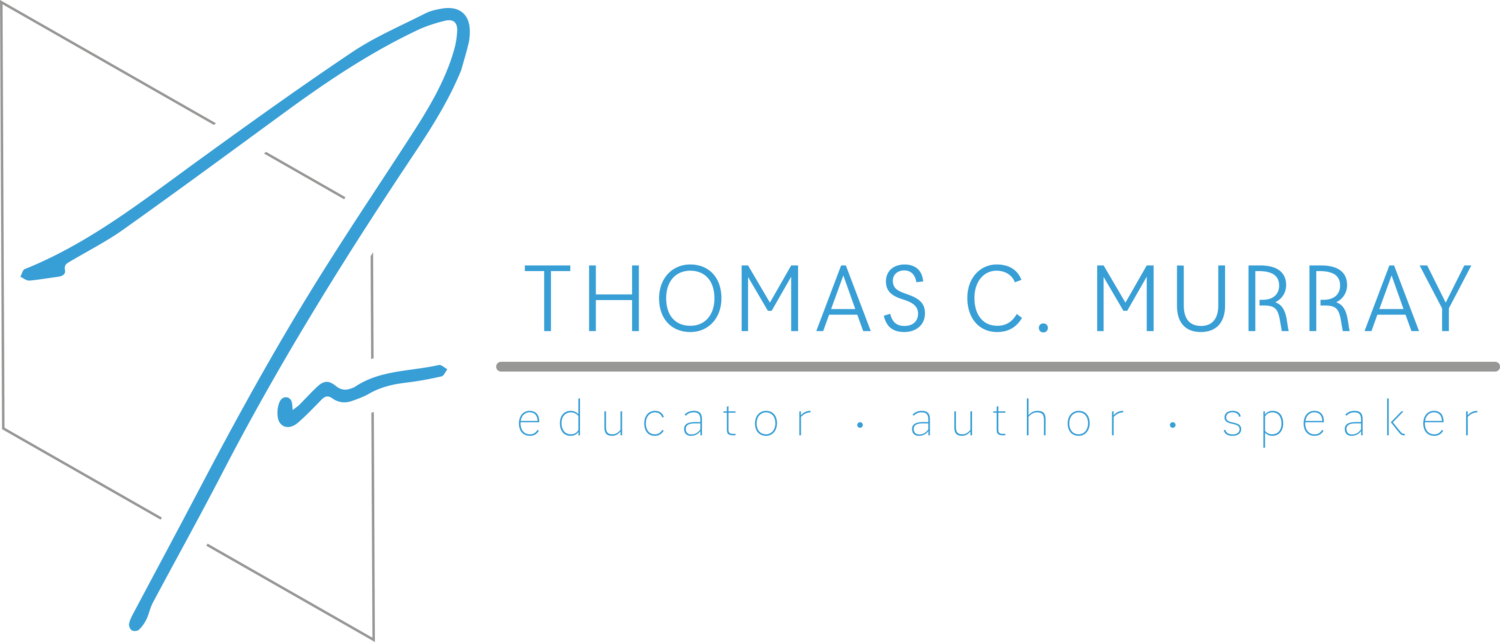Open Education - Where do I begin?
This blog was originally posted on the Future Ready website at futureready.org.
Recently, I had the opportunity to sit down with Andy Marcinek, Chief Open Education Advisor at the US Department of Education (ED), to explore how schools can benefit from Open Educational Resources (OERs) and what is being done in this area nationwide. With support from ED, state leaders, and new platforms for curation and discovery, there has never been a more exciting time to rethink traditional, static instructional materials. Open Education Resources were the highlight of this Future Ready webinar as they align to the Curriculum, Instruction, and Assessment gear of the Future Ready Framework. From equity, to cost, to teacher empowerment, many benefits of open resources exist.
Those who call Open Education Resources “free” are misguided. Developing and refining curriculum takes time and the expertise of many involved. Whether supplementing purchased adaptive content, or creating their own, districts can leverage high quality, open content to benefit students. So, where should district leaders interested in open education begin?
Office of Education Technology’s GoOpen Site
The Office of Education Technology (@officeofedtech), has lead the charge on OERs, and has compiled various resources on their GoOpen site. From proposed rulemaking, to information on open data, this is a great first stop for your information gathering.Stories of EdTech Innovation
Another resource created by the Office of EdTech is their “story engine” which highlights districts around the nation leading the way in a multitude of areas. From connectivity to professional learning, dozens of district stories are highlighted, including 12 districts sharing their GoOpen story.Understand State Open Work
As part of the GoOpen campaign, a number of states have begun to take the lead in supporting their districts, pledging to; adopt/Implement a statewide technology strategy that includes the use of openly licensed resources as a central component, develop and maintain a statewide repository solution for openly licensed resources, among other things.
As with any instructional materials, quality is key. No one wants to see “open resources” be equated to non-malleable PDFs that are simply digital versions of an outdated print version. It’s imperative that these resources develop into adaptable, relevant, updated resources, and that school districts allocate the needed time and money to properly implement any open resources. As such, ED created a GoOpen Strategy for districts, which includes:
Assembling a district GoOpen team
Selecting the grade level and content area
Engaging teachers as content curators and creators
Curating and creating content
Identifying infrastructure capacity and needs
Determining policies, processes, and timelines for adoption
As districts begin to evaluate open resources, there are a number of places where content is being curated. Although there is anticipated growth as company large companies enter the “open” market, some examples include:
OER Commons- Created by Future Ready partner ISKME, OER Commons is a free teaching and learning network, bringing together over 50,000 educational resources available for anyone to use.
Amazon Education- Amazon Education is working on a new platform that will allow K-12 teachers and schools to publish, manage, share, and discover open education resources. On the OER platform, users will be able to discover resources by subject, grade level, standard, and more. Teachers will also be able to review resources and connect with one another on the platform. Interested in joining the platform? Sign up for the wait list here.
Edmodo Spotlight -An offshoot of the company’s vast educator learning network, Edmodo, Spotlight empowers educators to upload and share helpful resources, review resources from all over the Web, and curate collections, including original material from educator peers, as well as from third-party sources.
This is an exciting time to serve our nation’s children. Open resources are one piece to the puzzle as we work to better prepare tomorrow’s students through a more personal, student-centered approach.
All for the kids we serve,
Screen Shot 2016-03-08 at 12.12.11 PM
Thomas C. Murray
Director of Innovation, Future Ready Schools


